Lincan Zou
VATLD: A Visual Analytics System to Assess, Understand and Improve Traffic Light Detection
Sep 27, 2020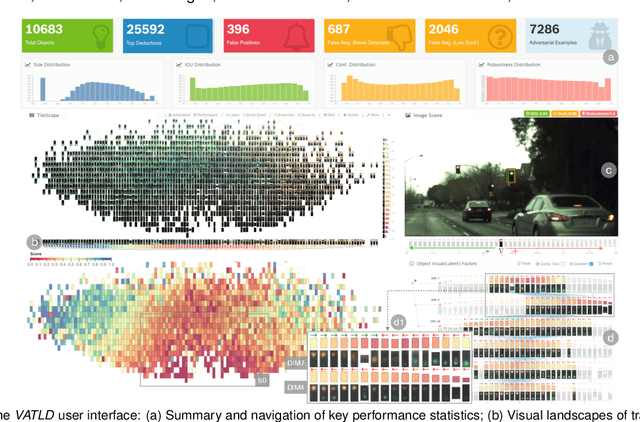
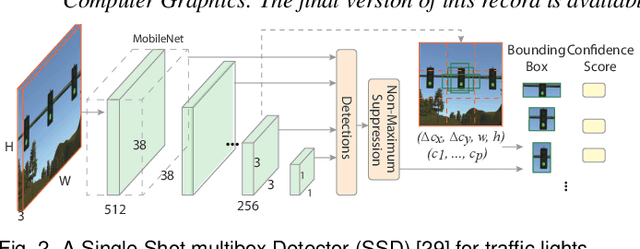

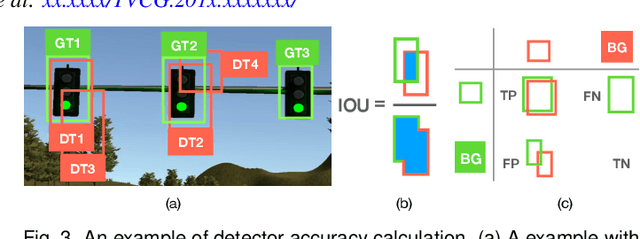
Abstract:Traffic light detection is crucial for environment perception and decision-making in autonomous driving. State-of-the-art detectors are built upon deep Convolutional Neural Networks (CNNs) and have exhibited promising performance. However, one looming concern with CNN based detectors is how to thoroughly evaluate the performance of accuracy and robustness before they can be deployed to autonomous vehicles. In this work, we propose a visual analytics system, VATLD, equipped with a disentangled representation learning and semantic adversarial learning, to assess, understand, and improve the accuracy and robustness of traffic light detectors in autonomous driving applications. The disentangled representation learning extracts data semantics to augment human cognition with human-friendly visual summarization, and the semantic adversarial learning efficiently exposes interpretable robustness risks and enables minimal human interaction for actionable insights. We also demonstrate the effectiveness of various performance improvement strategies derived from actionable insights with our visual analytics system, VATLD, and illustrate some practical implications for safety-critical applications in autonomous driving.
Improve Unsupervised Domain Adaptation with Mixup Training
Jan 03, 2020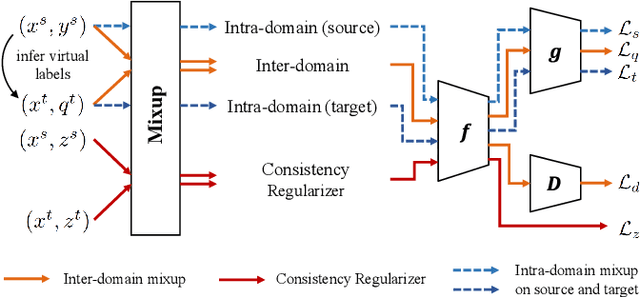
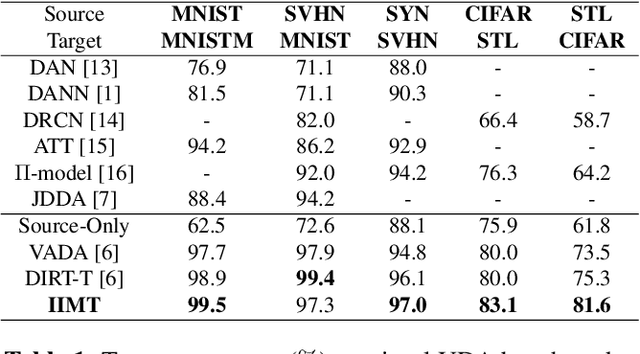

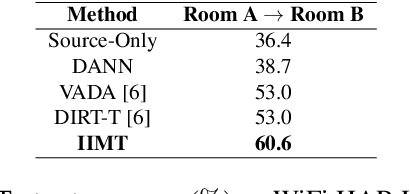
Abstract:Unsupervised domain adaptation studies the problem of utilizing a relevant source domain with abundant labels to build predictive modeling for an unannotated target domain. Recent work observe that the popular adversarial approach of learning domain-invariant features is insufficient to achieve desirable target domain performance and thus introduce additional training constraints, e.g. cluster assumption. However, these approaches impose the constraints on source and target domains individually, ignoring the important interplay between them. In this work, we propose to enforce training constraints across domains using mixup formulation to directly address the generalization performance for target data. In order to tackle potentially huge domain discrepancy, we further propose a feature-level consistency regularizer to facilitate the inter-domain constraint. When adding intra-domain mixup and domain adversarial learning, our general framework significantly improves state-of-the-art performance on several important tasks from both image classification and human activity recognition.
 Add to Chrome
Add to Chrome Add to Firefox
Add to Firefox Add to Edge
Add to Edge